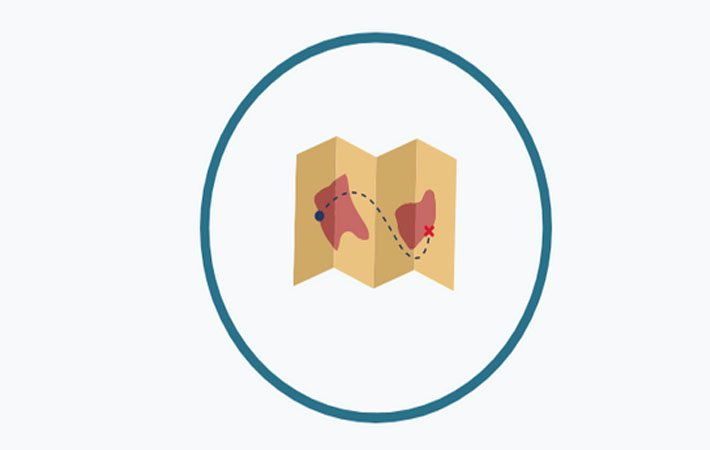Fibre2Fashion
Apr 2, 2021
Circle Economy has unveiled a resource - Circular Toolbox - to help apparel brands interested in circular business models that extend
the practical lifetime of clothes, to design and launch a rental or resale business model pilot on their own in under a year. Circle Economy helps businesses, cities and governments transition to a circular economy.

The Circular Toolbox is a free, online, step-by-step guide. Apparel brands of all sizes interested in circular business models that extend the practical lifetime of clothes can now use Circle Economy’s ‘Circular Toolbox’ to get a rental or resale pilot off the ground in under a year. Circular business models, such as resale and rental, offer commercial opportunities for brands to innovate their business model while expanding the practical service life of clothing - allowing brands to do more with less. When intelligently designed, they can also reduce the total environmental impact of the industry.
“The fashion industry’s sustainability efforts thus far have been dominated by a focus on sustainable materials. While this is a very important driver for impact reduction, with a growing population that is consuming at hyperspeed, it’s becoming blatantly clear that a shift toward using sustainable materials alone is not going to cut it. Increasing the utilisation of our garments is considered one of the most effective ways to reduce the overall impact of the clothing industry. Resale, rental and subscription models promise to do just this: optimise the lifetime and active use of garments and provide pathways to decouple growth from resource use,” Hélene Smits, Circle Textiles programme associate at Circle Economy, said.
By providing brands with the tools they need and a clear process and timeline to follow, the Circular Toolbox—and the circular innovation process it supports—aims to make it as easy as possible for apparel brands to adopt circular business models.
“Numerous guides to circular business models exist, but few provide the level of detail needed for apparel brands to practically move from A to Z, and design and launch a model in the market.. Numerous consultancies also exist that can provide more tailored support to brands looking to explore circularity, but for most SMEs, this is not a realistic option. With the Circular Toolbox, we aim to remove those barriers for as many brands as possible and offer them a one-stop-shop to independently drive circular business model innovation within their company,” Gwen Cunningham, Circle Textiles programme lead at Circle Economy, said.
The online toolbox guides users through a five-step circular innovation process, from getting sign-off from the top and putting a team together all the way to piloting a new concept on the ground. Resources include design thinking and research tools, workshop sheets and facilitator’s guides, a podcast featuring brands that have undergone the same process and, crucially, specific guidance as to how and when to use each tool.
The circular innovation process outlined in the toolbox was tried and tested through the Switching Gear project, which guided four brands - Asket, Lindex, ETP and Kuyichi - in the development and launch of circular business model pilots. The Switching Gear project, supported by the Laudes Foundation, is part of the Bridging the Gap initiative, a group of six organisations working to stimulate sector-wide collaboration, facilitate innovative technologies and the design of best practices to enable the implementation of circular business models in the fashion industry’s supply chain.
